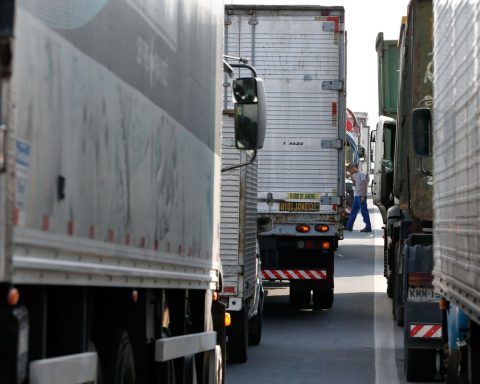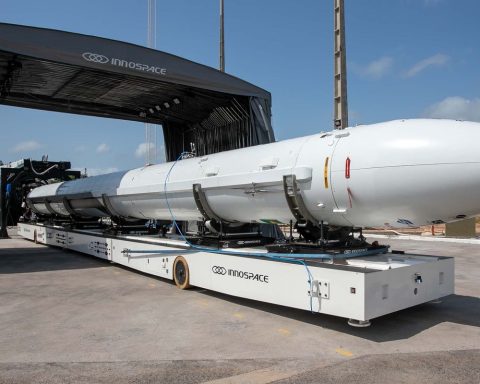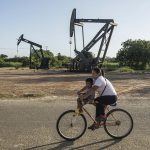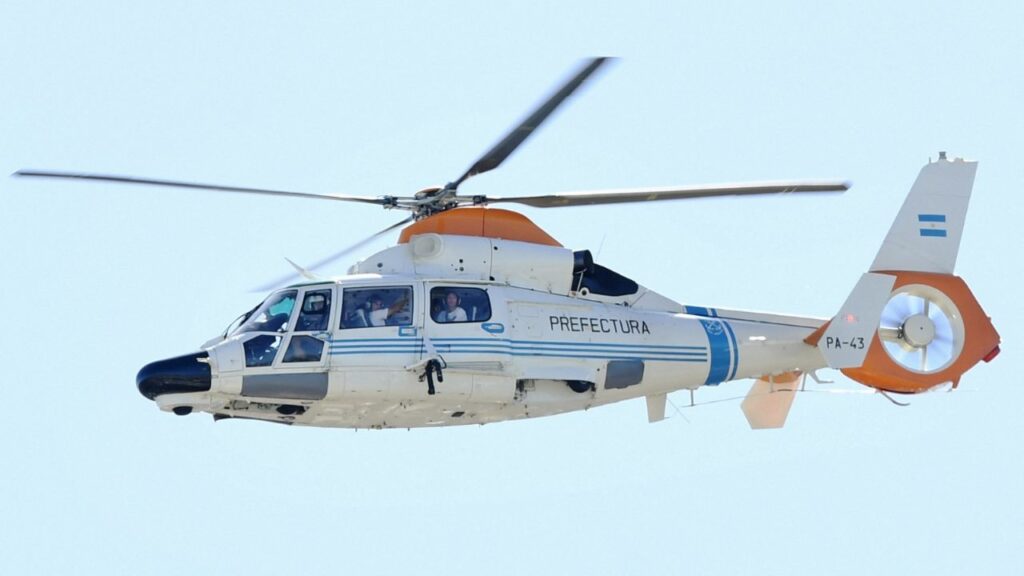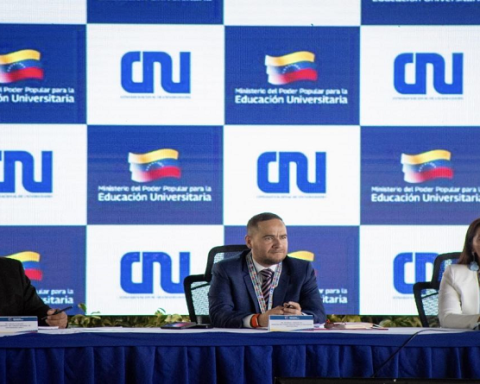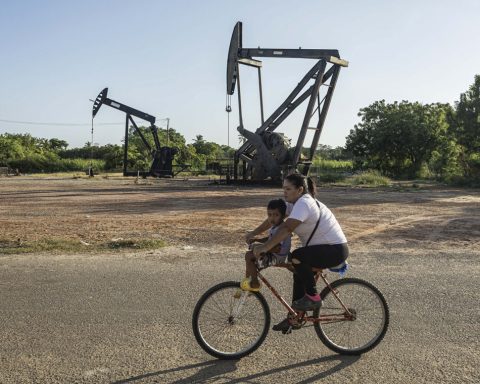Petrobras has begun testing equipment capable of measuring wind speed and direction at sea. Bravo technology, acronym for Remote Wind Assessment Buoy offshoremakes it possible to assess the potential for installing wind power generation parks offshore (at sea, in free translation).
Bravo is being developed with resources from the National Electric Energy Agency (Aneel), in partnership with the Senai Institutes for Innovation in Renewable Energy (ISI-ER) and Embedded Systems (ISI-SE).
The project, which started in 2021 and is expected to last two years, will have a total investment of BRL 9 million. The use of national equipment will allow a 40% reduction in cost compared to hiring abroad.
In addition to measuring wind speed and direction, Bravo can process atmospheric pressure, air temperature and relative humidity, as well as information about waves and sea currents.
The buoy, which is about 2.5 meters in diameter and 3.5 meters high, was installed on the coast of Rio Grande do Norte and, over the next seven months, will allow access to data collected on site via Bluetooth, Wi-Fi Fi or satellite. Its energy is provided through photovoltaic modules and wind turbines, so that it can be self-sufficient.
The information collected by Bravo will be compared with that processed by a fixed optical sensor installed at the Areia Branca salt terminal, which is capable of measuring wind speed and direction between 10 and 200 meters in height. With this it will be possible to measure the accuracy of the new technology.


